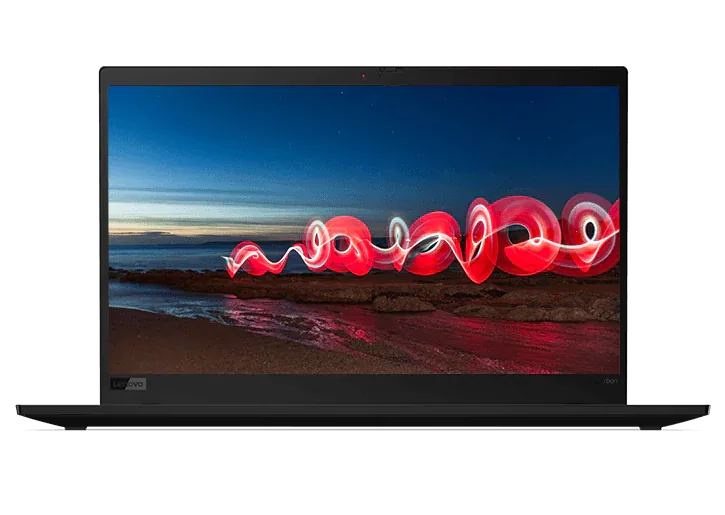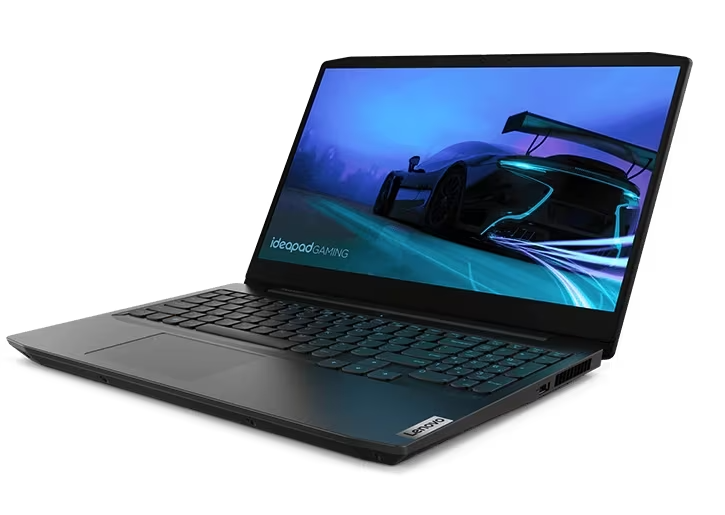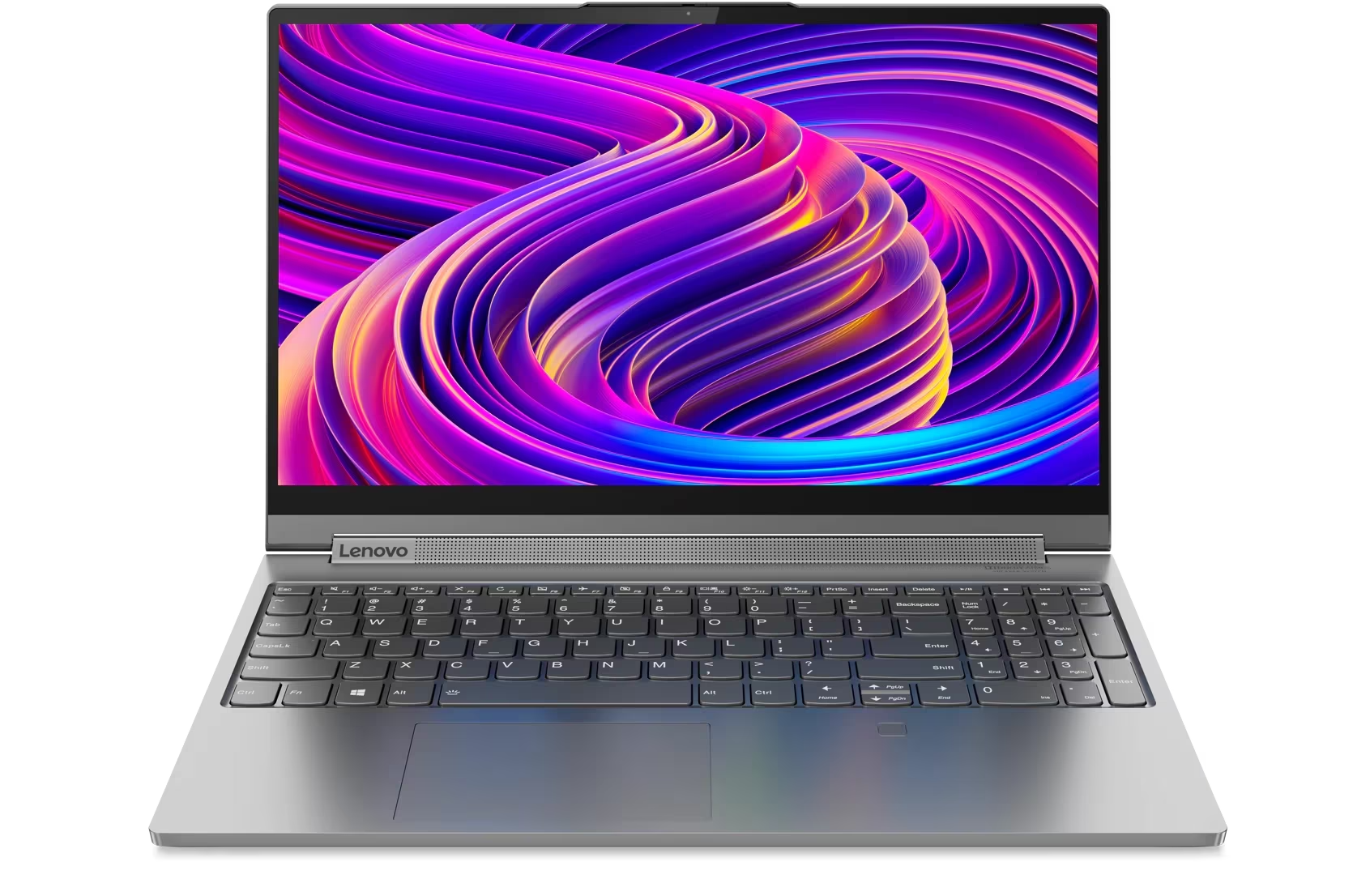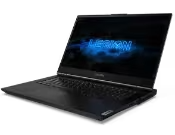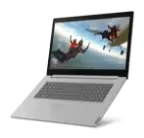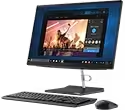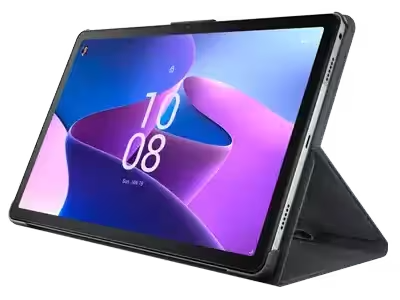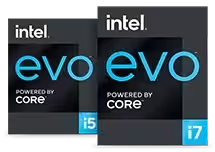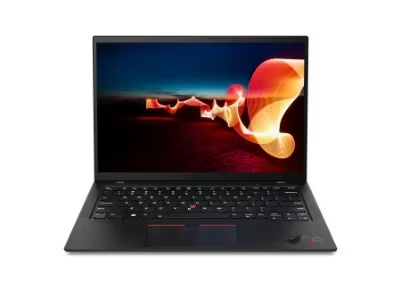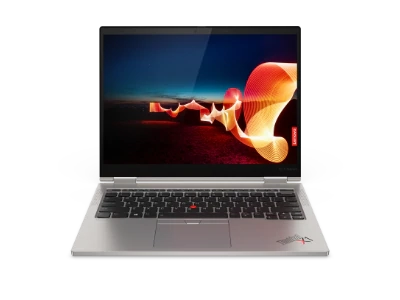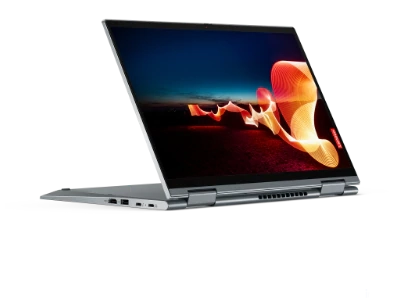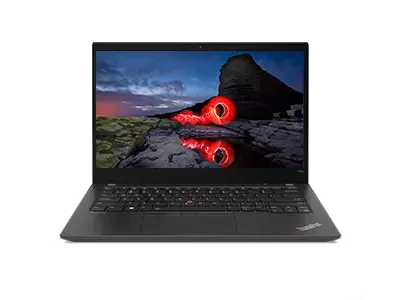How to Dual Boot Windows 10 and Linux
Life is full of choices. Coke or Pepsi. Manchester United or Liverpool. Windows or Linux. But what if you didn’t need to choose one or the other? What if you could have both?
It might not work for mixing soft drinks - yuck! - or following different football/soccer clubs (fans typically pick one team and stick with it). But it CAN work for PC operating systems, where it’s possible – easy, even – to install both Microsoft Windows and a Linux OS on the same PC. It’s called a dual boot, allowing you to choose which OS to load and run each time you boot up your system.
Doing office tasks, surfing the web, or playing video games? Launch Windows. Writing software code, or worried about your confidential data being hacked? Use Linux. In a dual boot environment, each distinct OS is fully installed and available to use with whatever compatible software you install.
Keep reading to learn more about dual boot PCs and how to load a Linux distribution on a Windows 10 system. There’s also an option to use a new Windows 10 feature to load and run a complete Linux distro at the same time you’re running Windows, with results that closely approach – but don’t quite match – running each OS separately.
IMPORTANT: The instructions shown here are high-level and abbreviated compared to those provided by each Linux distributor. They’re meant only to help you decide if you’re capable of installing Linux on your Windows PC. If you proceed, follow the steps provided by your Linux distributor. Lenovo is not responsible for any problems that occur if you opt for create a dual boot set-up.
Try Windows Subsystem for Linux
Before you go through the dual boot set-up process, consider whether you need to create a full-fledged, dual boot system at all. You might have the Linux capabilities you need within the Windows OS you're already running.
Starting with Windows 10, Microsoft provided the Windows Subsystem for Linux (WSL), a so-called "compatibility layer" that – for the first time – allowed users to run a limited Linux environment directly within Windows. With WSL, users could use Linux command line tools, initiate Bash shell scripts for automated tasks, install software with a Linux package manager, and so on.
WSL quickly earned praise, especially with experienced Linux users already familiar with the OS's unique commands, scripts, and so on. For new users, though, something was missing: WSL couldn't deliver the fuller experience of a complete, stand-alone Linux distribution.
This gap was filled with the release of the latest version, WSL 2, in 2020, featuring a full Linux kernel optimized by Microsoft. Among other improvements, WSL 2 allows you to run complete Linux distributions – Debian, Ubuntu, whatever. You’re no longer limited to running only selected Linux commands and utilities.
Best of all, with both WSL and WSL 2, you don't have to dual boot into Windows OR Linux. Both can run at the same time. You can use Windows as usual while your Linux distro is fully available (simultaneously) in what Microsoft describes as a lightweight, custom virtual machine.
Installing Windows Subsystem for Linux
All PCs with Windows 10 can run the original WSL but WSL 2 is only available with newer versions of the OS 2. For X64 systems, WSL 2 is compatible with Windows 10 Version 1903, Build 18362 or higher. For ARM64 systems, WSL 2 is compatible with Windows 10 Version 2004, Build 19041 or higher.
Most of the files needed to initiate WSL and WSL 2 on your PC are already present within your Windows 10 OS. So installing it involves simply enabling the existing WSL and virtual machine components and then downloading and installing the latest Linux kernel and other files, including your preferred distro.
Specific instructions for installing WSL and WSL 2 are beyond the scope of this article. Visit the Microsoft website for complete installation steps, including an optional short-cut for members of the Windows Insider Program. Also, consider backing up your most valued personal and system data in case unanticipated errors occur as you move along.
WSL isn’t a perfect Linux experience. Some WSL users report slight delays accessing the Windows file system and lament the lack of direct access to low-level hardware controls via their Linux interface. There’s also said to be a slight performance lag in the VM environment where WSL operates. If these limitations concern you, consider the full dual boot set-up described next.
Dual boot Windows 10 and Linux
Users who won’t be satisfied with anything but a fully capable, independent Linux installation should consider creating a true dual boot system, so they can run EITHER Windows or Linux without compromises. Fortunately, the major Linux distributors make this process very easy, with automated set-up utilities that do most of the work for you.
Each Linux distributor’s process is slightly different. So for simplicity, we’ll provide a few details about how to dual boot Windows with one popular distro, Debian.
NOTE: The details we provide here are not the complete steps. We provide them merely to help you determine if you want to (and are capable of) creating a dual boot system. Always consult your Linux distributor’s website and follow the specific installation steps provided there.
Dual booting Debian Linux and Windows 10
Before you begin setting up a dual boot Windows 10-Debian Linux system, you’ll need to know how to “image” bootable installation media, change the boot order on your PC, and allocate an empty internal storage partition (this last item is optional, as the Debian installer includes a sub-set of steps that can guide you through the partitioning process). See How to Install Linux for brief details on some of these procedures.
BEWARE: Always back up your important personal and system data before installing or modifying an operating system. While the provided tools and utilities include features to safeguard your existing OS and data, unanticipated problems can occur. Better safe than sorry.
To install Debian and Windows 10 in a dual-boot set-up, consult the complete installation steps and tutorials available at the Debian website, debian.org. In the meantime, to help you decide if you're up to the task, here's a high-level, abbreviated look at the involved steps:
- Download a Debian installation package and image it on a DVD, Flash drive or other media. [Additional options include purchasing a preloaded Debian installation DVD from a vendor or using the cloud image Debian provides for this purpose.]
- Create a new, unallocated (empty) partition* on your internal storage drive using Windows' Disk Management utility.
*The Debian installer (see step 4) can guide you through this partitioning process, but if you've got the skills, creating your partition now will make the later steps go faster. - Change your PC's boot order so it will boot from the appropriate media slot (DVD, USB, SD card, etc.) rather than internal storage.
- Reboot your system to initiate the Debian installation.
Once the process begins, you'll see a visual interface where you'll choose between a guided or manual installation. You'll declare your location, language and other basic preferences, as well as items like your Debian hostname, domain name, default usernames and passwords.
Partitioning is covered (you'll either select the empty partition you created beforehand or let the installer guide you through the steps of creating one). Eventually, you'll be asked to confirm your changes (i.e., write them to the disk), after which the process proceeds with installing various Debian components and software packages, including the "desktop" environment you wish to use (Cinnamon, KDE, Xfce, etc.).
As a final step, you'll be prompted to install the Grub bootloader – a utility that detects multiple operating systems on your PC and allows you to choose which one to load when you reboot. In a multi-partition environment, the Grub bootloader gets placed on the partition running Windows.
Remember, the steps outlined here are incomplete. For full details, consult the Debian website, debian.org.
Lenovo Linux laptops, computers and workstations
Lenovo now offers a wide selection of ultra-reliable Think-brand laptops, desktops and workstations with the Linux OS preinstalled. Have the reliable portability of the latest ThinkPad laptop or mobile workstation, or the brawny business power of a ThinkCentre desktop – now with select models of each featuring the Linux OS right out of the box.
Browse all of our latest Linux laptops and computers today.
